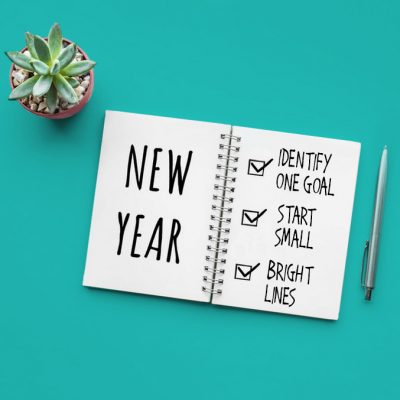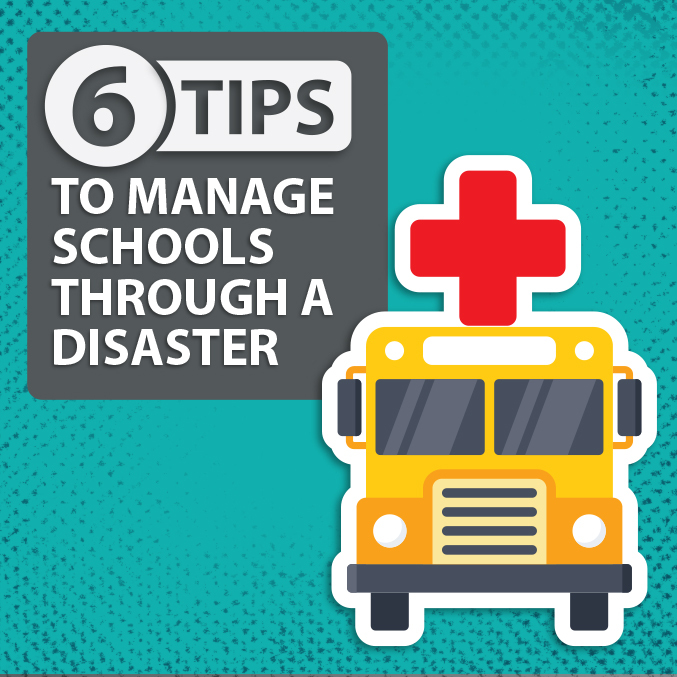Equip Your Students to be Life Ready Using These 3 Simple Strategies

This last year has been full of airplane rides and early mornings for the School Partnerships team here at Inflexion as we work with school leadership teams up and down the West Coast. Listening to the radio on one of my late night drives home from the airport, I caught part of a Freakonomics interview with the managing director of a team that started as part of the British government known as the Nudge Unit.

This last year has been full of airplane rides and early mornings for the School Partnerships team here at Inflexion as we work with school leadership teams up and down the West Coast. Listening to the radio on one of my late night drives home from the airport, I caught part of a Freakonomics interview with the managing director of a team that started as part of the British government known as The Nudge Unit. According to their original website at the time (it’s no longer active as they are now independent of the government), this unit is “the world’s first government institution dedicated to the application of behavioural sciences.” It has focused on not just explaining what citizens SHOULD be doing, but also finding strategies to actually change behaviors in order to achieve the initiatives set by their colleagues within the government.
While listening to the interview about their work and findings, several key strategies reminded me of how our partner school leadership teams set strategic goals. These teams work to create school environments where readiness and success are defined by students’ engagement, adaptability, and their ability to apply what they learn. The schools we work with want all students to be prepared for their future and to understand how their day-to-day experiences in school will help them get there. But there are big challenges when it comes to changing the school environment so that ALL students gain the skills (cognitive, social-emotional, and academic) needed to launch into a world that is increasingly more complex to navigate.
How do school leaders begin to change systems that have been in place for so long? How do they build off of the many supports, programs, and community strengths that are already a part of our schools to create an environment where students understand how what they do in school each day will prepare them for “real life”? We know that answering these questions is imperative for our students to become life ready, but how do we empower educators who are already working so hard to take on such large challenges?
This is where wisdom from The Nudge Unit comes in! I was so fascinated by the interview with the team’s managing director, I bought their latest book, Think Small: The Surprisingly Simple Ways to Reach Big Goals, to find out more about their approach. Here are the three key takeaways I believe are specifically helpful for school leadership teams as they work toward achieving their goals:
Takeaway #1: Identify ONE Goal
“Wait, what? Only one? But our students need support in so many areas!” True, but The Nudge Unit actually found that if we really want to achieve goals, it is important to focus on one goal at a time with a clear target and deadline. According to lessons learned from their work and from what we know from many other sources in behavioral science, setting multiple goals results in those goals competing for our limited cognitive attention, which leaves us constantly thinking about the trade-offs between the goals.
As we work alongside educators who are setting goals for their schools, we encourage them to use a similar approach. For instance, after teams inventory what they are currently doing to support student learning on their campus, they are often amazed at how much they are already doing. What tends to be missing is a clear vision or set of outcomes for how these supports are preparing students for what they will need to be ready for the future.
Original Goal
“Students will understand a holistic set of outcomes/skills they will gain every period, every day at our school. They will leave our campus knowing what skills they gained, how they gained them, and how they can apply those skills as they move on to what is next.”
NUDGEd Goal
“By 2020, 95 percent of our students will be able to identify and articulate what skills they are gaining in every school experience, whether that is a classroom project, participating in a club or extra-curricular activity, or volunteering for a community service project.”
In the book, they give an example of a program in India where families were given access to a financial planner to help them meet their savings goals. Some families were encouraged to set a single goal for saving (i.e. health care costs, children’s education, retirement). Other families were encouraged to focus on several of those saving goals at the same time. Although it might seem smarter to focus on several goals since all are likely to be future expenses, they found that those who set a single goal more than doubled the amount they saved (significantly more than those who set multiple goals).
Takeaway #2: Start Small
One concept that particularly resonated with me is the theory that humans have two different ways of processing information and making decisions. The authors cite Thinking, Fast and Slow by psychologist Daniel Kahneman, who makes the distinction between humans’ fast system that ‘operates automatically with no sense of effort or voluntary control’ and the slow system that ‘requires your active attention.’ The book uses the process of learning to drive a car to illustrate the two systems. When we first learn to drive, we use our slow system, but eventually, as our driving skills become more automatic, we begin using our fast system. Understanding how and when to use these systems is emphasized throughout the book as a way to achieve the goals we have set. We can use our slow system to plan ahead – using our cognitive effort to think about how we can connect our plan in intentional ways to the daily realities of life. By setting clear intentions ahead of time, it is easier for our fast system, which is very focused on the here and now, to execute the plan as part of our automatic daily routines, which greatly increases the chance that we will implement the plan for achieving our goal. Tying this back to what school leadership teams are doing to achieve their goals, here are some small plans they are currently implementing to achieve their larger goals. Several of these plans are intentionally structured to ensure that both students and staff begin to integrate the student outcomes into their daily routine. A few examples:
- Gather feedback from students, staff, and families to make sure the outcomes are relevant and that the school community is informed and invested.
- Ask students quarterly how they are gaining the outcomes or skills identified to hold all staff and students accountable as they ensure students achieve the identified outcomes.
- Ask all school staff quarterly how they are explicitly creating environments and opportunities for students to develop the outcomes or skills in their daily interactions.
- Plan one schoolwide student event that reinforces and empowers students to use the outcomes or skills identified.
- Provide at least two support resources annually to all school staff so they are empowered to connect their role in students’ daily routine to the student outcomes.
Takeaway #3: Set Bright Lines
In order to achieve goals, the authors point out the importance of what psychologists call ‘bright lines.’ These are simple but bold rules that we know instantly before we have broken them. Setting these lines toward a goal reduces the cognitive effort required to know if we are moving toward implementing the goal. An important aspect of setting bright lines is finding way to make sure that our social communities know about these lines we have set. We are much more likely to achieve our goals if others know what our intentions are and what we plan to do. The book provides several other strategies that make us less likely to cross these lines, such as setting up ‘commitment devices’ and identifying a ‘commitment referee.’ They even mention the website stickK, a platform specifically built to set up social contracts such as these in order to achieve goals. Thinking again of how this might apply to school leadership teams:
- Publicly announce our outcome goals using parent nights, classroom posters, assemblies, and newsletters.
- Make our student outcomes part of our daily routine by setting up commitment referees made up of student and teacher groups.
- Encourage the school community to reach its goal by setting up rewards or experiences for the whole school or various subgroups.
As I work with a variety of schools, I am inspired daily by the commitment of educators who show up to nurture, teach, inspire, and empower their students. It is easy to understand how the weight of that responsibility can be overwhelming, but the educators I have the privilege of working with continue to rise above the day-to-day responsibilities. We have to think differently about how we can change systems to make sure that we have effective ways to identify students who are falling through the cracks and are not being supported in the ways needed to become future ready. Our team at Inflexion strives to use some of these insights to make sure that these goals for students become a reality and that we have an educational system that empowers students to be their best selves.











Responses